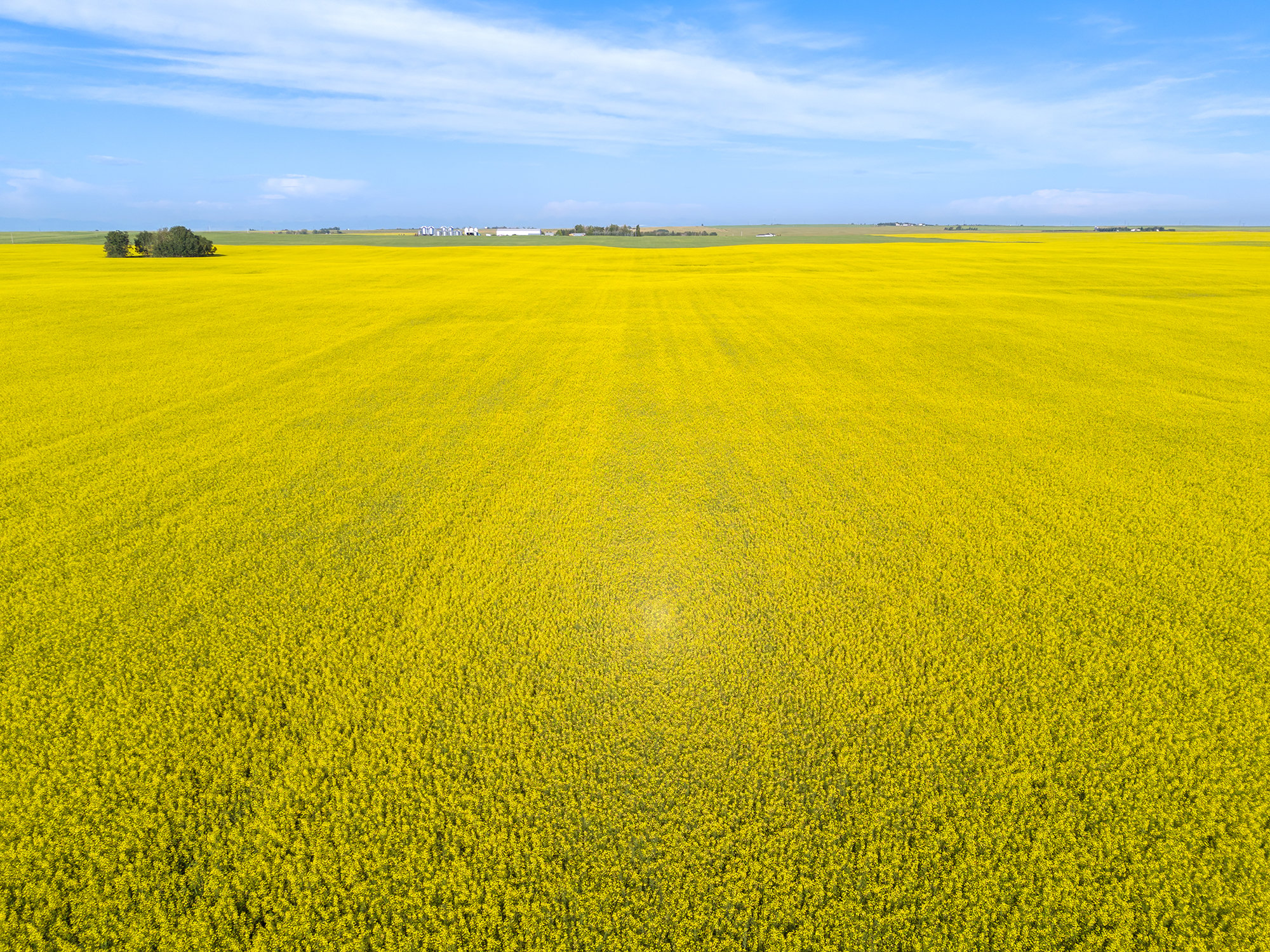If you’re marketing canola in 2025, your whole world is tariffs and disappointing prices. Can increasing domestic biofuel production be a way out of our canola market woes? Bruce Burnett, Glacier FarmMedia’s director of markets, says there are some real limitations to that approach. But he explains how global export flows in vegetable oil are helping to ease the pain, both in terms of new markets and, to some extent, prices. It’s not a great time for canola, but it’s also not the worst.
Oh, the irony of it all. After a couple of rough years for canola production, decent growing conditions in 2025 have resulted in what Bruce Burnett says will be an average to above average canola crop. Then China lowered the boom on crippling tariffs, and farmers across the Prairies threw up their hands in dismay. It seems like we just can’t catch a break.
Burnett, director of markets and weather information with Glacier FarmMedia, agrees it’s not a great situation for Canada, but there are some glimmers of light in terms of how global markets behave as well as the lessons learned the last time Canadian canola was hit with tariffs.
Markets gonna market
“Any tariff has an impact on pricing and export flows,” says Burnett. “And we are the largest exporter of canola so it’s impacting us, but it’s not as simple as it looks.”
Think of canola exporters and importers as pieces on a chess board — when one piece moves, another countermoves. As China effectively blocks all imports of Canadian canola, global movement of the crop, or export flows, start to respond.
Read full article

